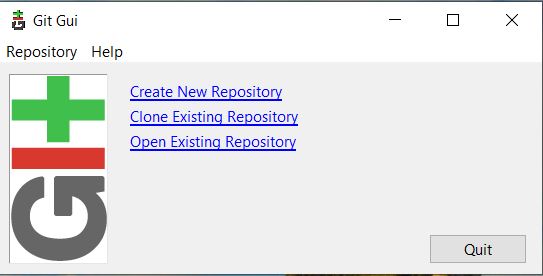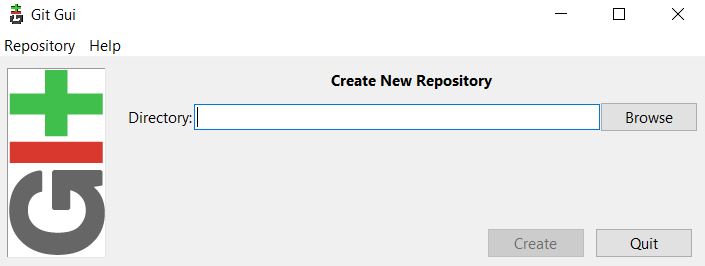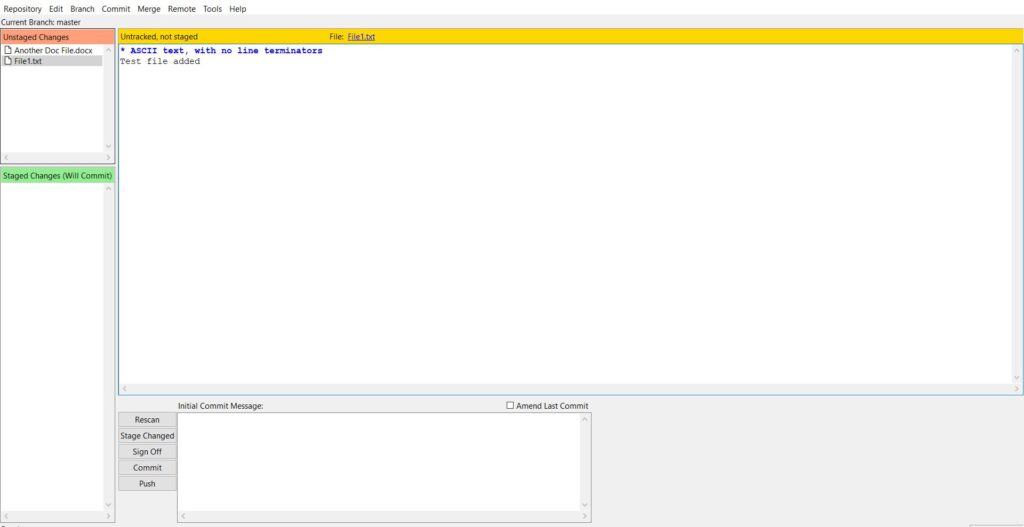
Github is a web-based stage utilized for version control. Git improves the way toward work with others and makes it simple to team up on projects. Team individuals can chip away at documents and effectively consolidate their progressions with the expert part of the venture.
GitHub is a stage that permits computer programmers (and different associates) to oversee projects on the web. GitHub brings in cash by offering premium membership intends to teams and associations just as an expense it creates when clients buy outsider applications on their foundation.
What is Git?
Git is a version control system created by programming icon, Linus Torvald. He originally created Git to track changes to source code changes as he was developing the Linux operating system. Git helps programmers collaborate, coordinate work, and work together on complex code and development projects.
Git tracks changes and helps teams work remotely on intricate programs. Click here to install Git on your computer. Some prefer to make changes using the command line in Git itself.
Is GitHub free?
That implies free limitless private stores with limitless partners for all, including teams that utilization the assistance for business projects, just as long as 2,000 minutes out of every period of free admittance to GitHub Actions.
How do I Use a GitHub?
Signup
To utilize GitHub, you’ll need a GitHub account. You can make a free GitHub account here and begin utilizing GitHub immediately. With a free record, you’ll gain admittance to limitless public and private archives. The solitary disadvantage is that you’ll just be permitted three partners for private archives. In case you’re as yet in the “GitHub for novices” stage, pursuing a free record is an extraordinary spot to begin.
Make Repository
To make another repository, you’ll hit “new repository” in the upper-right-hand corner. You would then be able to name your repository, incorporate a short portrayal, and check the crate that says “instate this repository with a README.” Finally, you’ll click “make repository.”
Make Branch
Ventures are multi-layered and many program versions are required when you’re building. Spreading empowers you to alter different novel versions of a repository on the double. Your repository consequently has an authoritative branch called an ace. You can deal with a few unique branches to make alters before, in the end, submitting them to the expert branch.
At the point when another branch is begun, it’ll be a duplicate of the expert branch until you alter it to roll out new improvements. A branch normally goes through numerous means and endorsements before it is at any point converged into the expert branch.
To begin another branch in GitHub, explore your new repository, click the dropdown that peruses “branch: ace,” type a branch name (like README-alters), and afterwards hit “make a branch.” Branches are ideal for new highlights or bug fixes.
Submit Changes to a Branch
To make changes to a branch in GitHub, go to the code see for your recently made branch. Snap the record you need to change, then, at that point hit the pencil symbol in the upper right, make any fundamental alters, portray your progressions by composing a submit message, and afterwards click “submit changes.” Each saved change is known as a submit.
Each individual submit has its own submit message which gives more subtleties into why a particular change was finished. The submit messages give a past filled with changes and help project givers see how the task has changed over the long haul.
Pull Request
To open a draw demand, you’ll go to the “pull demand” tab and hit the catch that says “new force demand.” Next, in the “model correlations” box, discover the branch you made and contrast it and the expert. Guarantee you like the progressions and afterwards, click the “make pull demand” button. Title your force ask for and momentarily depict the changes. To complete, click “make pull demand.”
Consolidation Your Pull Request
Consolidating your draw demand with the expert branch is something you may have to give to your bosses to deal with. For learning, however, you can work on doing it without anyone else’s help. Basically hit the catch that says “blend pull demand,” select “affirm consolidation,” and afterwards erase the branch you combined whenever it has been joined into the expert.
How to Create a local git repository ?
While making another task on your local machine utilizing git, you’ll initially make another repository (or regularly, ‘repo’, for short).
How to install Github on Windows machine?
GitHub Desktop is an instrument that permits you to cooperate with GitHub from the work area. With this new application, you can work simpler without relying upon your program. GitHub Desktop upholds:
- Checkout branches with pull requests.
- Push to your Git repositories.
- Syntax highlighted diffs
- Shell integration
To install Github desktop, Visit desktop.github.com
Once you install this application, you should find it easier to contribute to projects simply and efficiently.
After successful installation, right-click inside any folder and you will see 2 new options as shown in the below screenshot.

Click on Git GUI. You will see a new Git window as shown below.

Click on Create New Repository. You will see a Git window like below. Click on Browse and select your working folder.

Once you mapped your working folder, click on Create and you will see a Git window like below.
All your files and folders will be shown on the left side.
To show the latest files and folders in the Git repository click on Rescan.

You can perform all the operations like Commit, Create Branches, Pull latest, Push your changes to repository similar to other Source control. In upcoming blogs, I will explain all the operations available in Github.
Hope you like this blog.
Please share this blog within your group and like our Facebook page.
